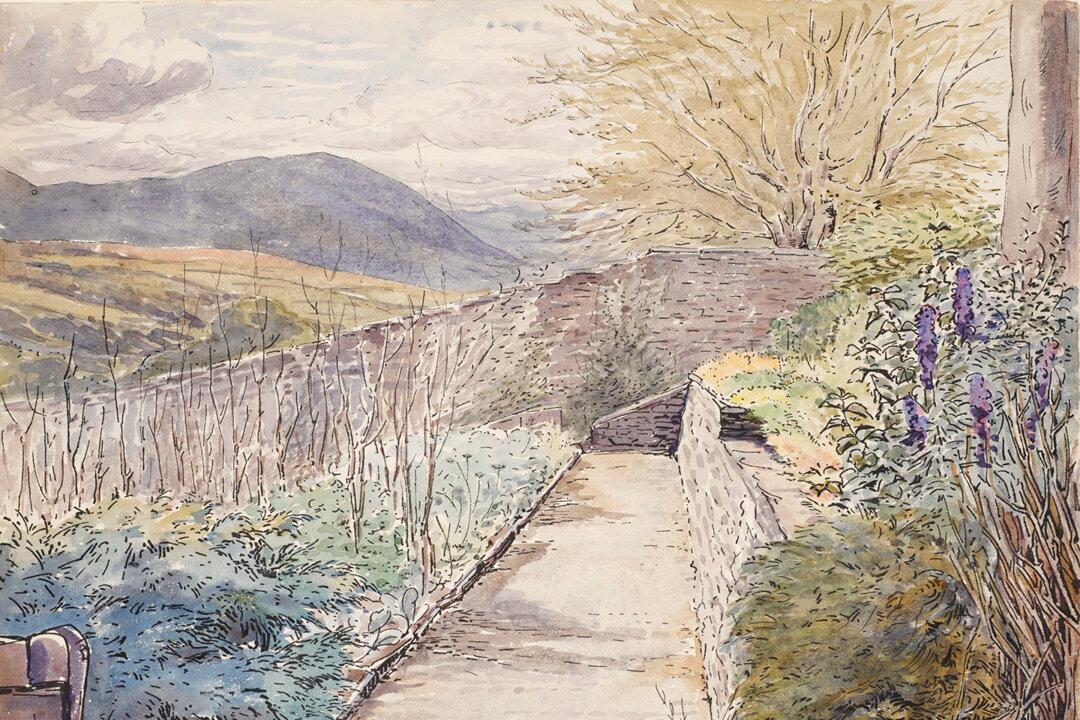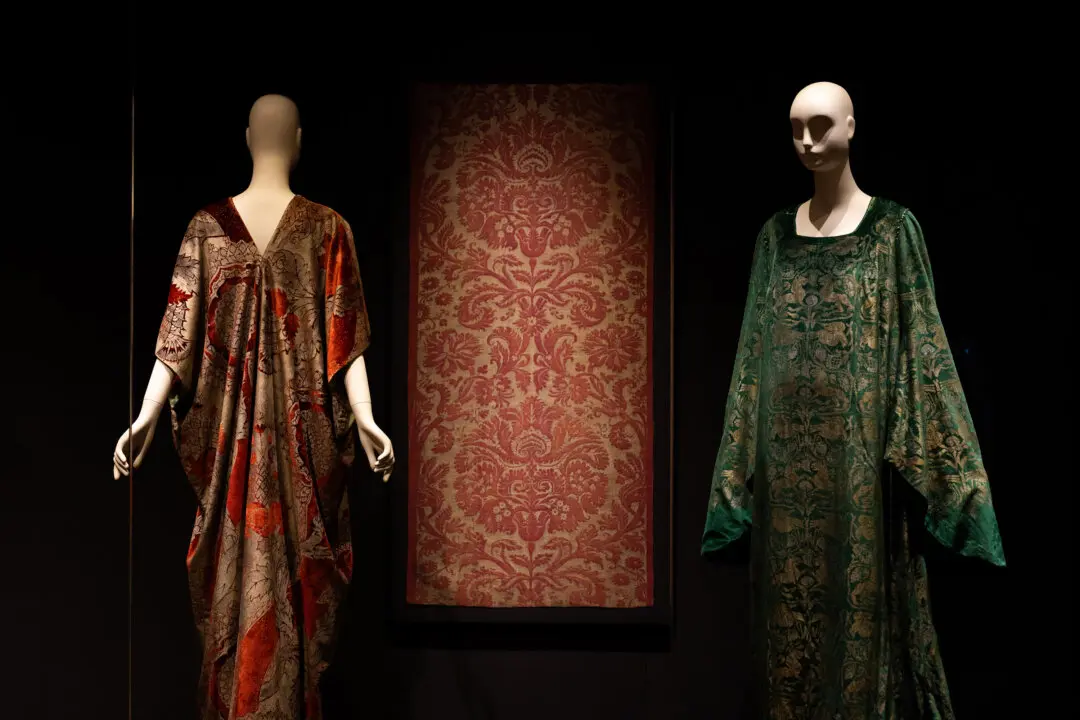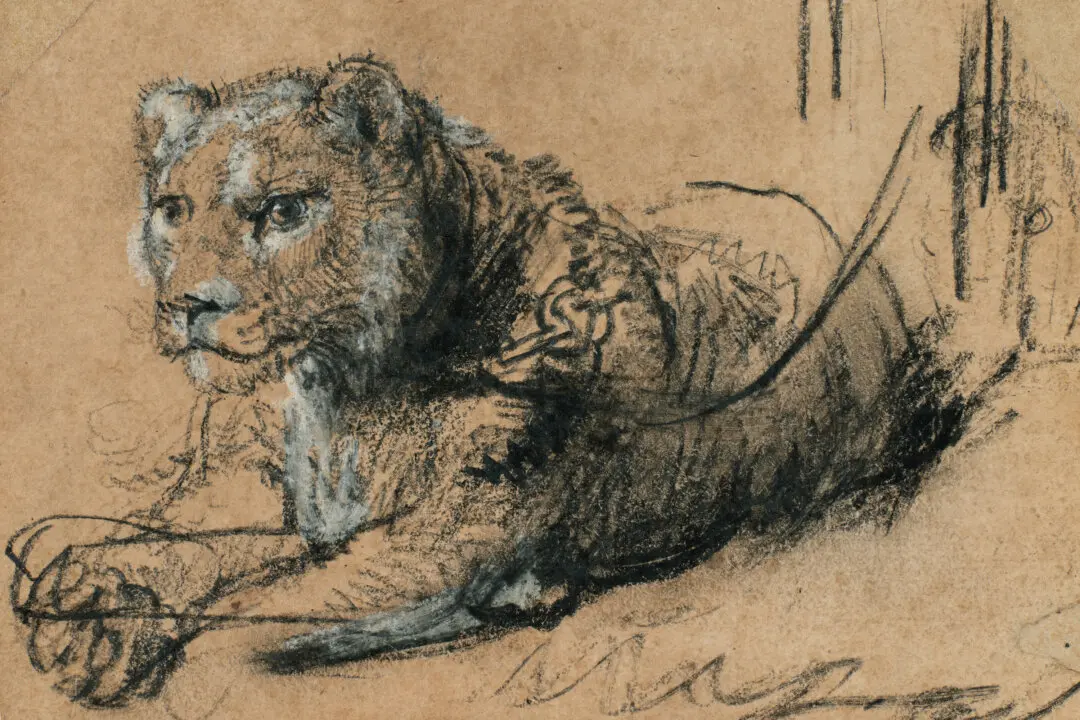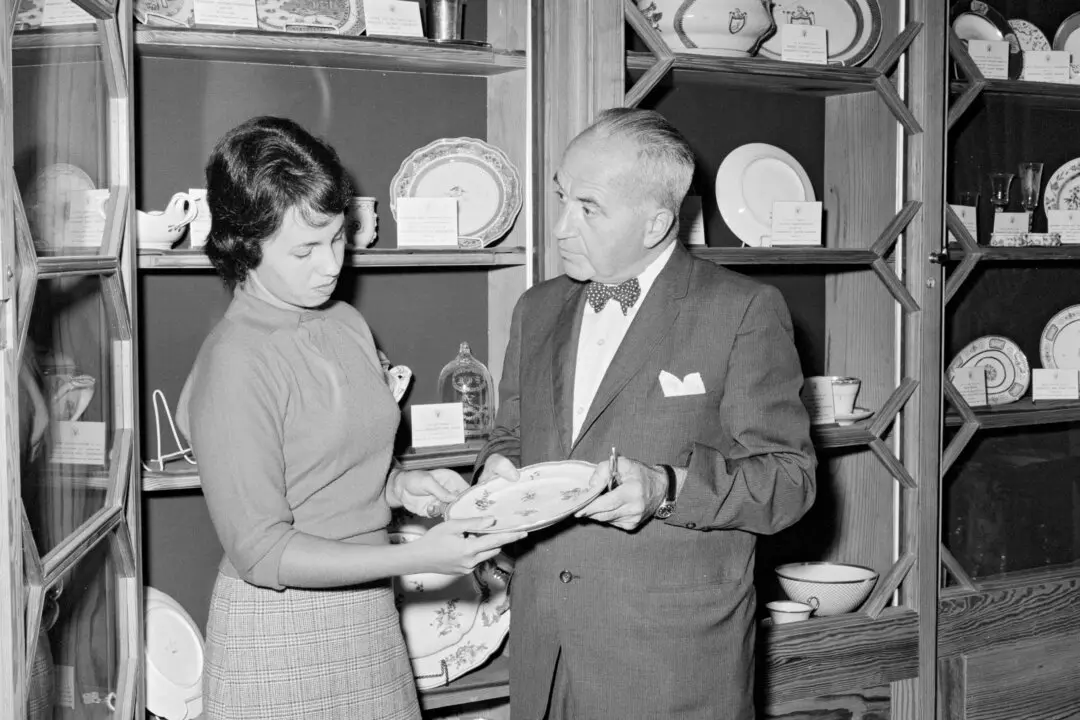Spring has hopped into New York City along with The Morgan Library & Museum’s delightful exhibition “Beatrix Potter: Drawn to Nature.” Potter is the universally beloved writer and illustrator of “The Tale of Peter Rabbit” and other children’s books.
The exhibit, which originated at the Victoria and Albert Museum in London and has been traveling the world, showcases the origins of these stories, but there was much more to Beatrix Potter’s life and artistic output. This exhibition highlights her scientific studies, botanical illustrations, watercolors, marketing genius, and conservation efforts.





